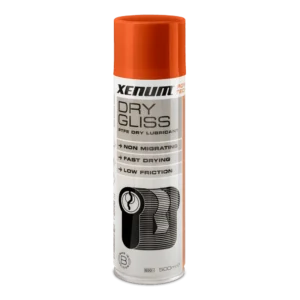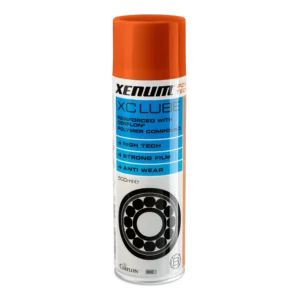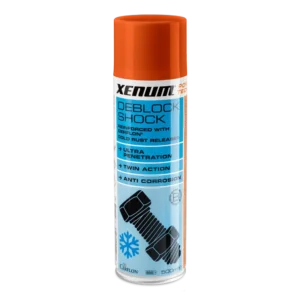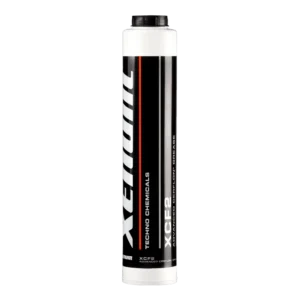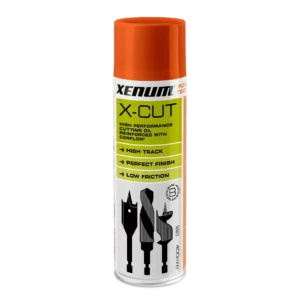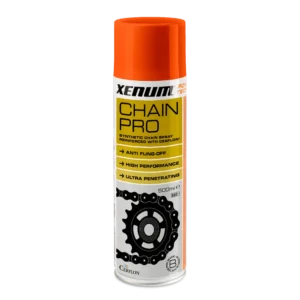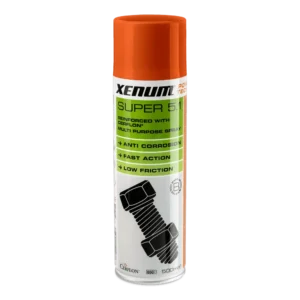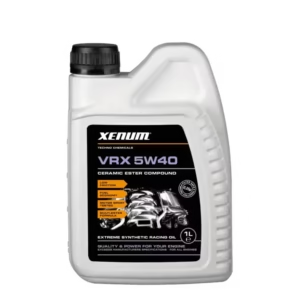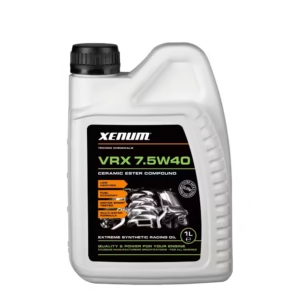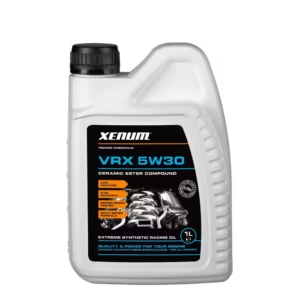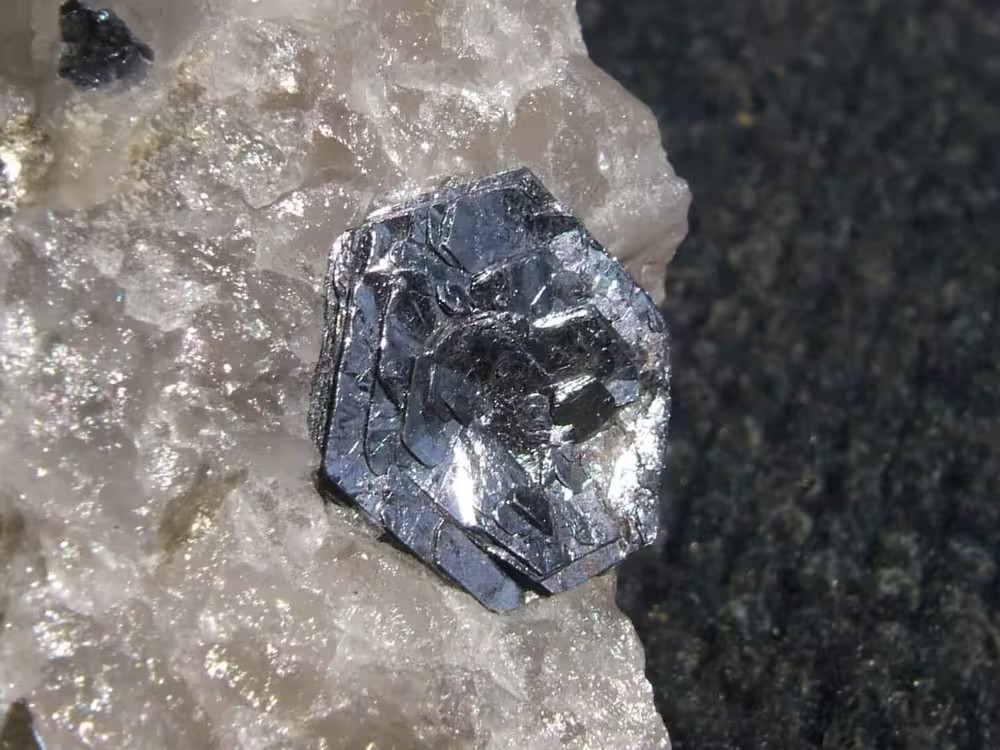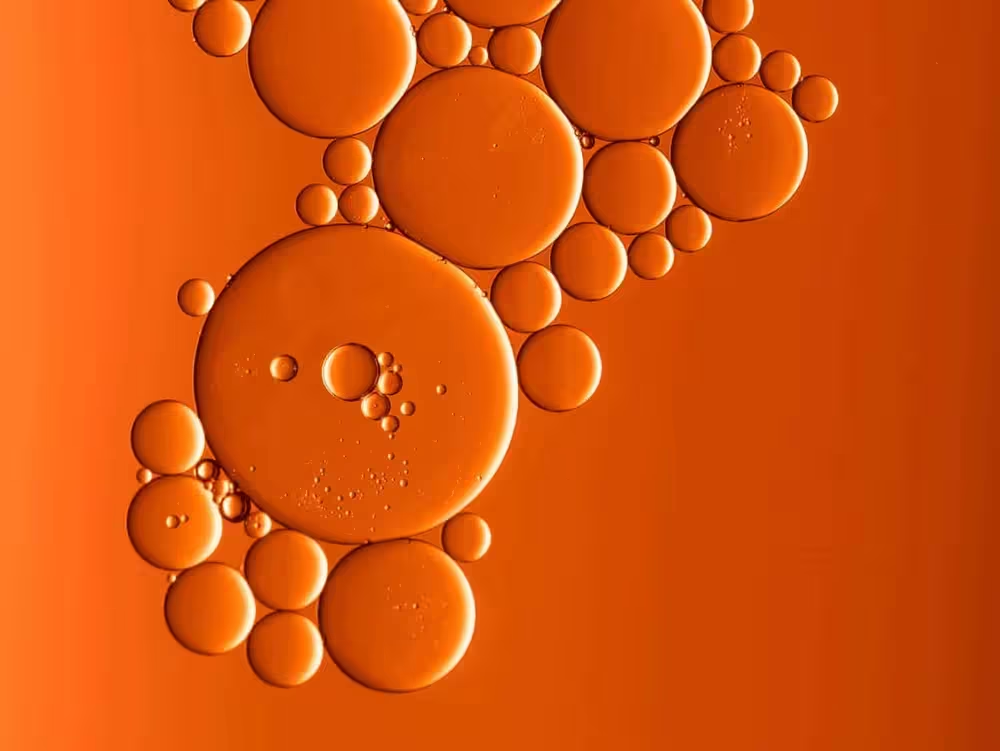Оливи із наночастинками. Частина 2: PTFЕ та технологія Cerflon ®
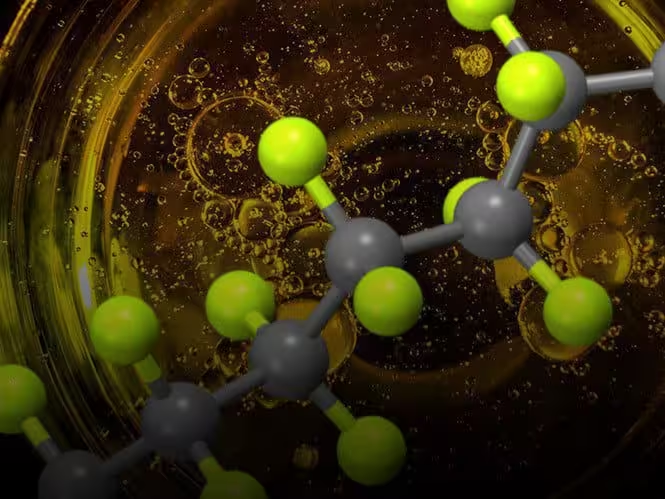
В нашій останній статті про молібден – molybdenum (або MoS2), ми проговорили багато деталей. І тепер ми хотіли б розказати Вам про ще один популярний складник сучасних присадок.
PTFE або ж Політетрафторэтилен був створений в 1938 році і його запатентували із зручною і всім, мабуть, відомою назвою – Teflon®.
Загалом, це є тверда сполука із синтезованого фторполімера. Сполука відштовхує воду, має опір теплу та високим температурам, а також, зберігає дуже низький коефіцієнт тертя проти твердих матеріалів. І це лише деякі із переваг Тефлону (PTFE).
Виробники присадок дуже швидко зрозуміли, що сполуку можна використати і у автомобілях як активну складову для оливи. Проте, ми тут для того щоб розказати про все, а отже, давайте із Вам розглянемо, чи справді Тефлон є таким ідеальним як про нього думають?
УВАГА! Тефлон, як сполуку, не рекомендується додавати до моторної оливи.
Протягом 1980’их, компанія. що розробила Teflon® провела тестування і оголосила, що Teflon® не повинен використовуватись, як активний компонент, в моторних оливах, або ж оливах які застосовуються у двигунах із внутрішнім згорянням.
Виробники і продавці відмовляли у використанні Тефлону для присадок і навіть були виклики до суду тих компаній які продовжували їх використовувати.
Отже, ми розуміємо, використовувати компонент у присадках заборонено. ПРОТЕ!
Є безліч інших можливостей де можна використати характеристики цієї сполуки. Наприклад, ми розробили, та пропонуємо – Xenum Dry Gliss, прекрасний змащувальний спрей який можна використовувати в місцях менших навантажень, де не такою критичною є потреба в змащенні, але вона б позитивно вплинула на загальну роботу автомобіля. І не лише це!
Властивості PTFE(Тефлону) можуть використовуватись у багатьох ситуаціях і на різноманітних поверхнях. Наприклад, на пластику, або ж на гумово-металевих сполученнях, де потрібне додаткове зволоження. Його найбільша перевага для нас це у чудових властивостях які можна використати у ситуаціях де інші рішення будуть або мало ефективними або ж надто дорогими.
Велика перевага цього продукту в тому, що він із легкістю відштовхує бруд, пил і грязюку, а тому не втрачає властивостей навіть під час тривалого застосування.
Повернімось до продукції. Наше рішення – Cerflon®
Після провалу із PTFE(Тефлону), було запатентовано іншу розробку у 1998 році. Нею став – Cerflon®. Загалом, це та ж сама сполука Політетрафторэтилен (Тефлон) проте, із керамічними наночастинками(нітридом бору). Перевагою такого вдосконалення стало те, що присадка отримувала більшу в’язкість, краще працює за різних змін робочої температури, а також краще поглинає енергію. Загалом – ми отримали сполуку зовсім іншого рівня та ефективності.

Cerflon® наночастинки у продуктах Xenum
Незважаючи на те, що і самі керамічні наночастинки значно покращують властивості PTFE (Тефлону), для наших олив найвищого гатунку ми пропонуємо отримати ще більше.
Але ми і не забуваємо і про властивості Cerflon®, як чудового змащувача і використовуємо його в таких наших продуктах як: Chain Pro, Super 5.1, XC Lube, Deblock Shock та X-Cut.
Як бачите, ми знайшли використання для сполуки в таких питаннях як змащення різноманітних поверхонь, таких як ланцюги, підшипники, або ж навіть інструменти для ремонту чи домашньої роботи.
Але ми і не забуваємо і про властивості Cerflon®, як чудового змащувача і використовуємо його в таких наших продуктах як: Chain Pro, Super 5.1, XC Lube, Deblock Shock та X-Cut. Як бачите, ми знайшли використання для сполуки в таких питаннях як змащення різноманітних поверхонь, таких як ланцюги, підшипники, або ж навіть інструменти для ремонту чи домашньої роботи.
Більше того, наше універсальне мастило – XCF2 також має серед своїх складників керамічні наночастинки Тефлону (PTFE).
Залишайтесь із нами!
Підписуйтесь на наші новини та отримуйте найновіші новини із світу автомеханіки кожного тижня. Попереду багато цікавого, що ми хотіли б Вам розказати про технології та продукцію Xenum.
 МКП (Механіка)
МКП (Механіка) Мастильна система
Мастильна система Паливна система
Паливна система Система охолодження
Система охолодження
